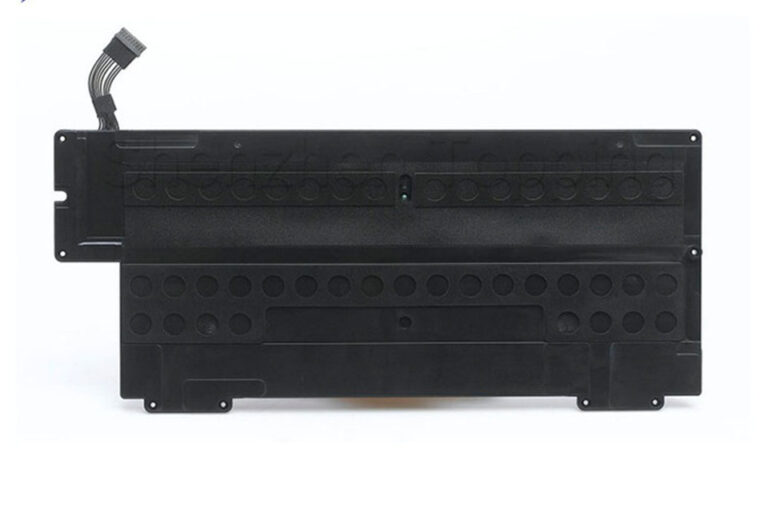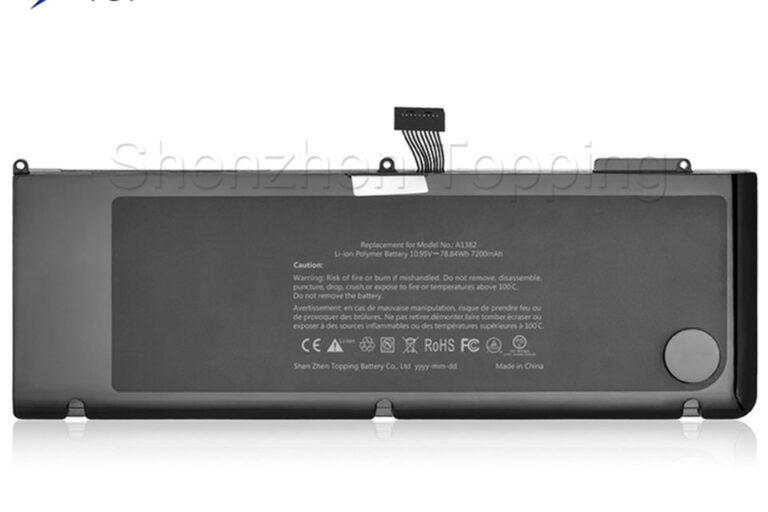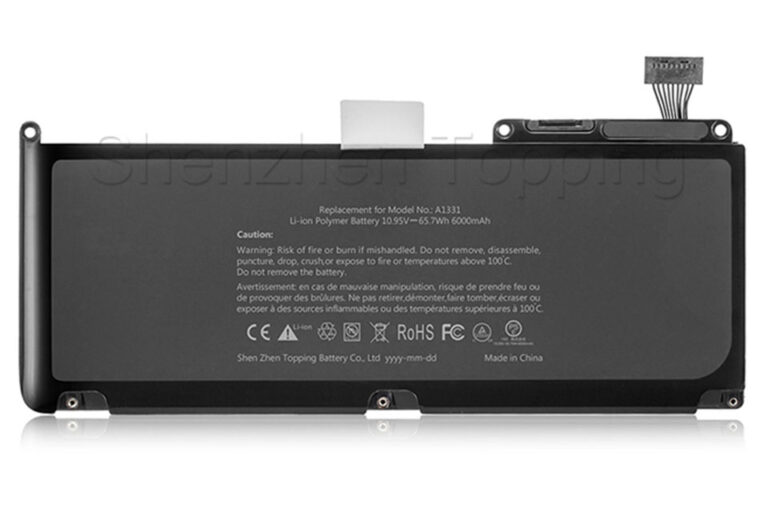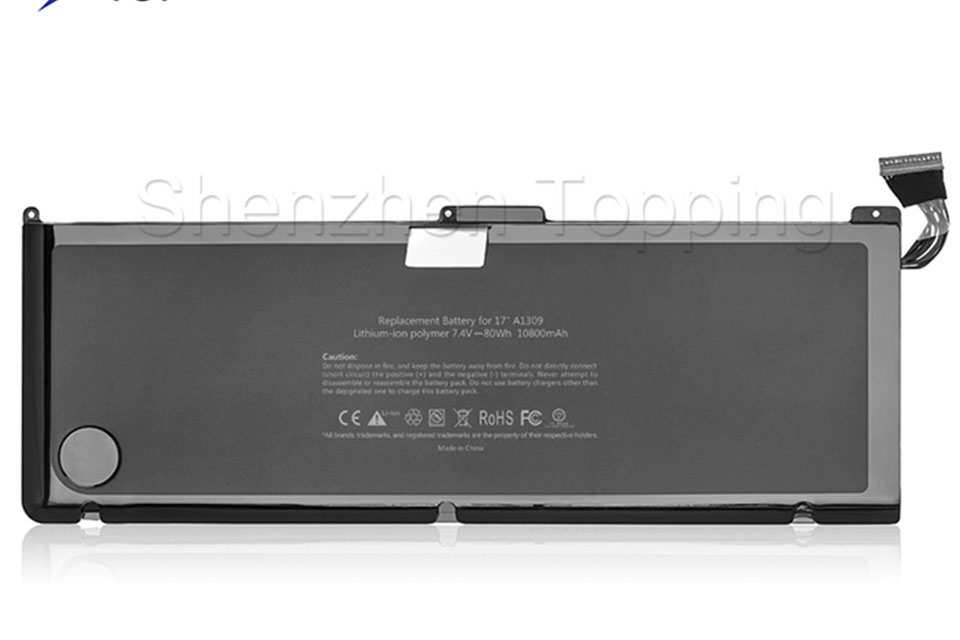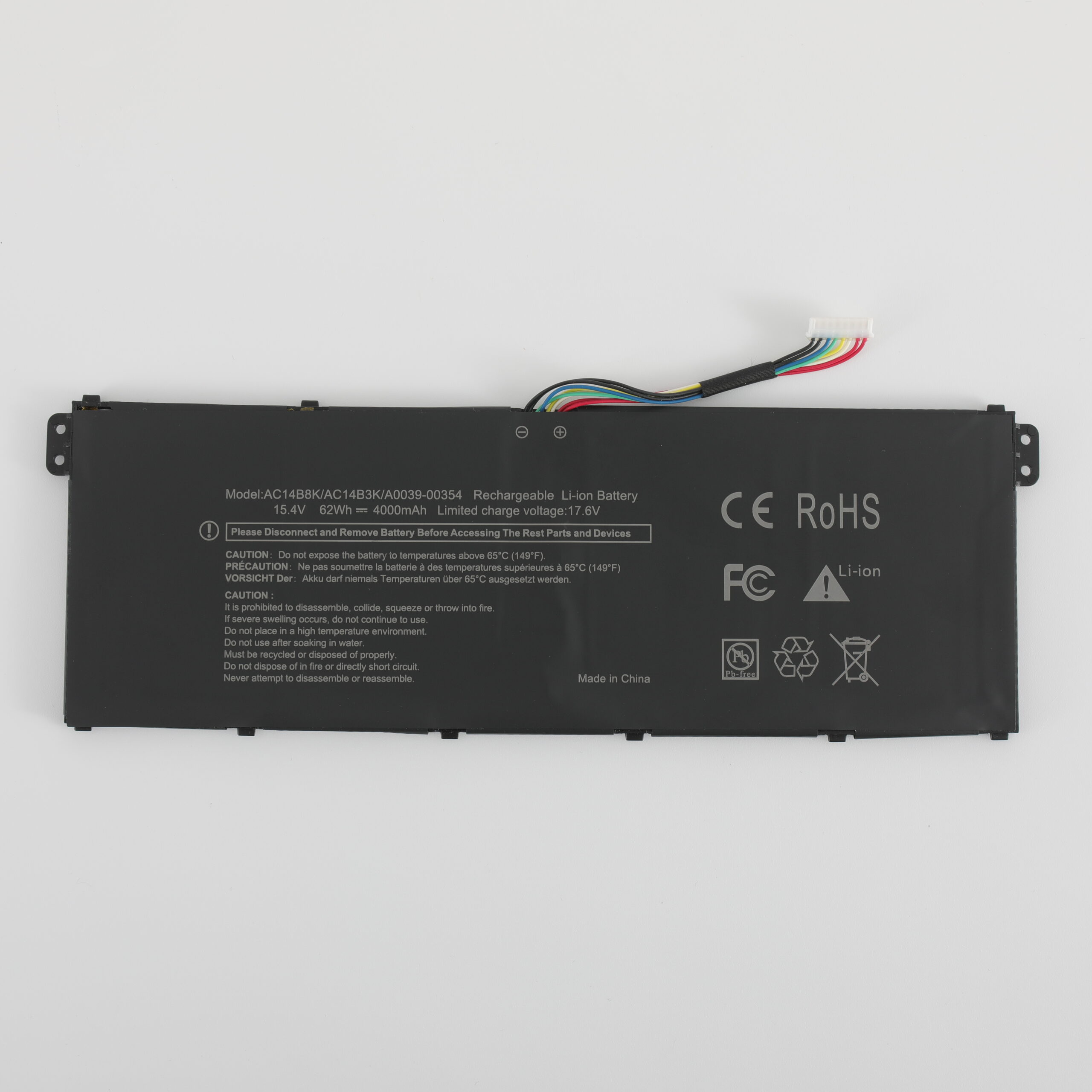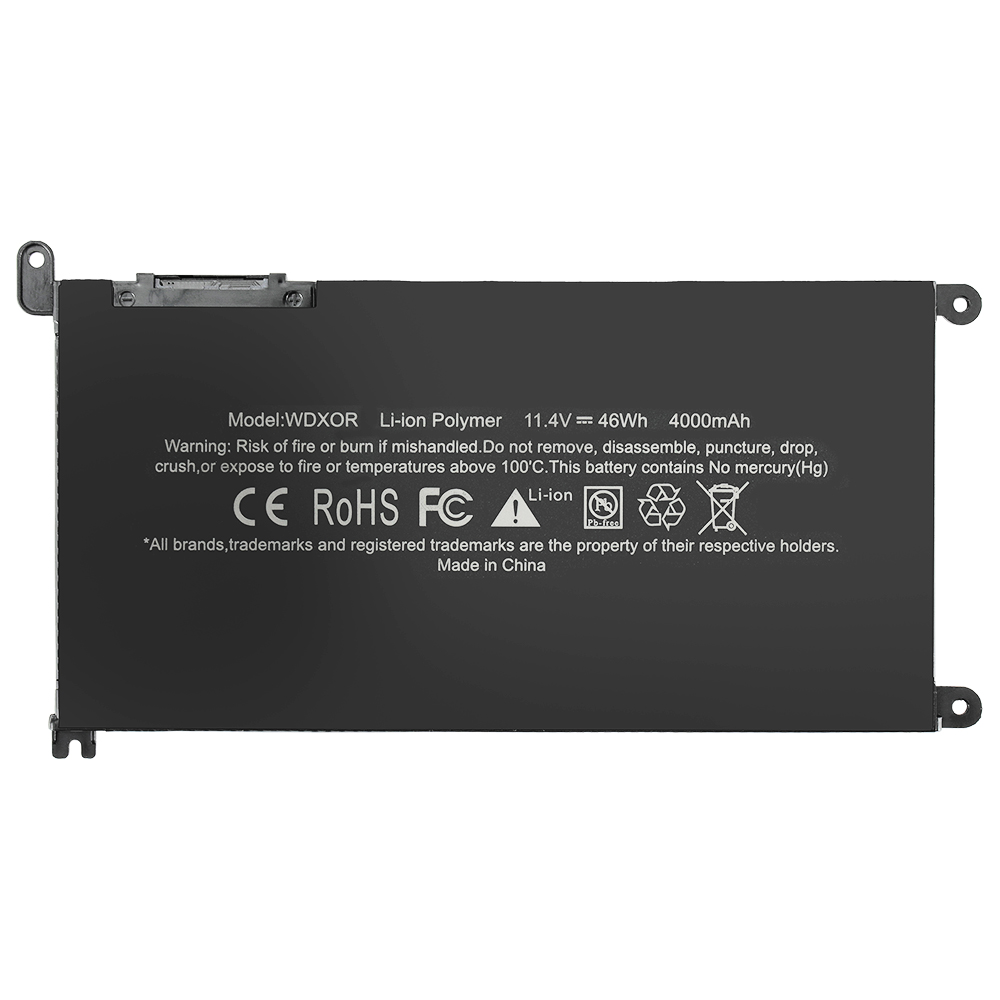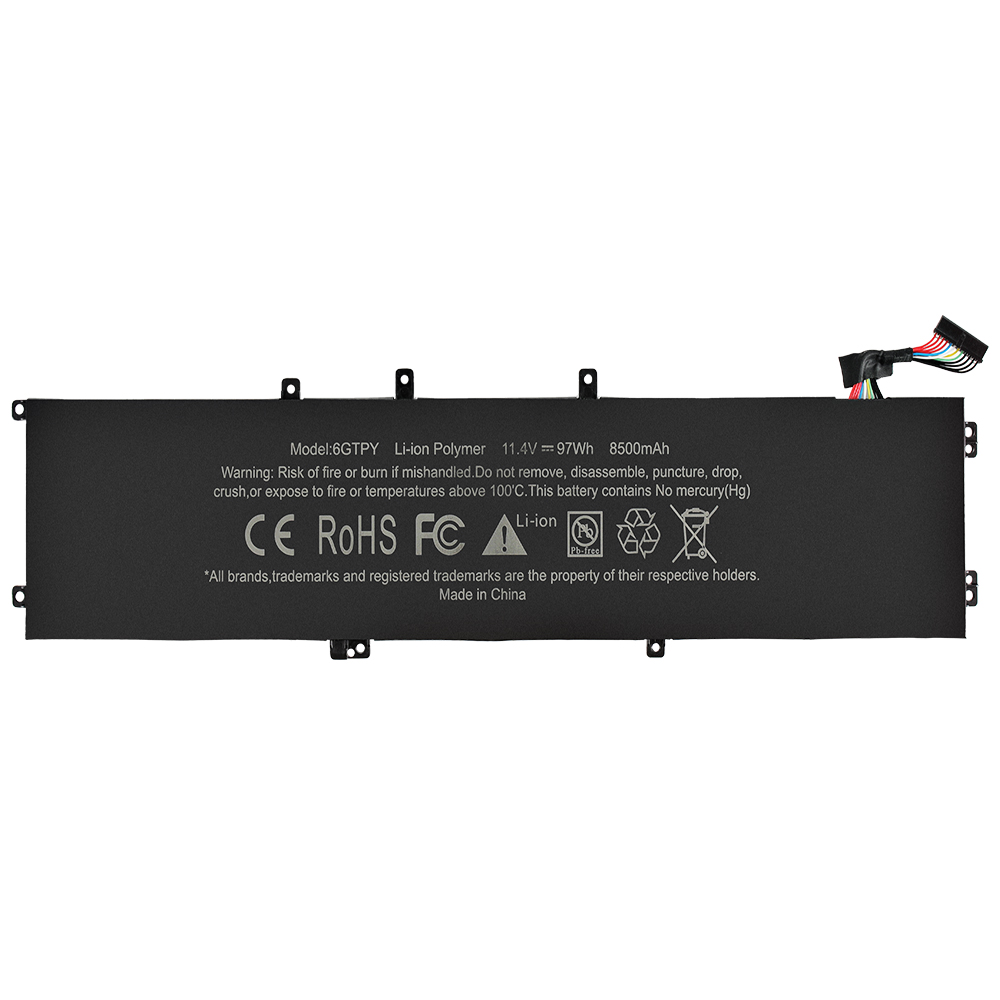-
Longshan 5th Rd, Xingsheng County,Longgang Street, Shenzhen

Should a laptop charger be unplugged when not in use?
Table of Contents
Quick Solution
Should you disconnect your laptop computer battery charger when it’s not being used? Yes It’s a little action that makes the most of battery health and wellness, conserves power, and lessens safety and security threats. When your laptop computer strikes 100% fee, the clever option is to disconnect your battery charger. Although modern-day battery chargers quit billing when the battery is complete, they can still attract power. So disconnecting aids maintain your battery fresh by lowering stress and anxiety and conserving power.
Why This Concern Issues
Consider your laptop computer battery. It’s a lithium-ion kind, a typical family item that may last for several years. However, continuously maintaining your battery at complete fee reduces its life. The practice of disconnecting your laptop computer battery charger straight influences battery destruction prices.
Why Power Excrement
Right here’s an idea: still battery chargers, referred to as “vampire drainpipe”, might set you back house owners concerning $1-$ 5 a year. When you accumulate numerous tools, that power drainpipe ends up being considerable.
Safety And Security Issues
Security is one more huge reason that you need to disconnect. Constant butting in limited areas can bring about getting too hot and rise fire dangers– much more with malfunctioning battery chargers.
Unplug Your Laptop Computer Battery Charger? Secret Truths
Battery Health And Wellness
Remaining At 100% fee pressures lithium-ion batteries, lowering life expectancy by ~ 20% annual.
Power Waste
Still battery chargers trigger vampire drainpipe, taking in 0.1-0.5 W each, setting you back ~$ 1-$ 5/year per tool.
Safety And Security Dangers
Getting too hot and malfunctioning/ imitation battery chargers rise fire dangers. Usage UL qualification battery chargers.
Billing Behaviors & Dangers (%)
Referral
Unplug battery chargers when not required to make best use of battery long life, conserve power, and lower threats. Usage OEM battery chargers and adhere to producer standards
Dangers of Leaving a Battery Charger Connected In
You may connect your laptop computer overnight due to the fact that it’s hassle-free. Nevertheless, right here are some threats:
Battery Destruction
Complete Fee Times
A battery maintained 100% fee weakens concerning 20% annual contrasted to one billed in between 20% -80%. Inner web links to instances like the ASUS VivoBook 15 F512FA Series most definitely assist expand your battery’s life expectancy.
Warm Build-up
Warm Build-up can seriously emphasize your laptop computer. Billing produces warm, which can trigger damages if there’s inadequate air flow.
Power Rises and Vampire Drainpipe
Also when still, battery chargers draw 0.1– 0.5 W from your outlets. With time, this issues, particularly taking into consideration rise threats.
Third-Party Battery Charger Dangers
Non-original components bring enhanced threats, typically doing not have safety and security expenses, that makes them most likely to get too hot and stop working.
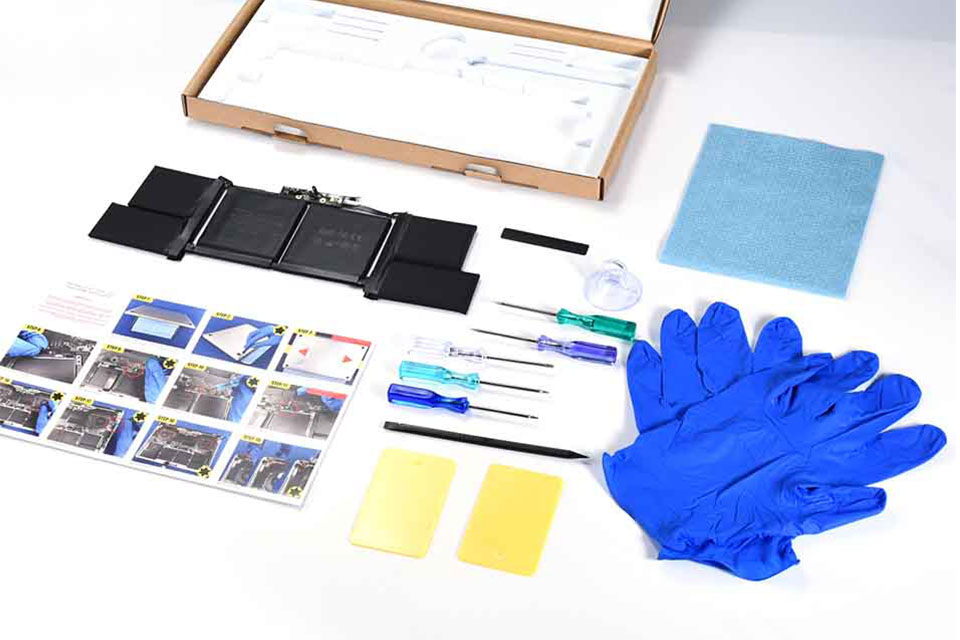
When to Disconnect
Recognizing when to disconnect is essential. Right here’s an easy overview:
- After Complete Fee: When it strikes 100%, disconnect it.
- Throughout Traveling: Source of power vary; stay clear of damages when taking a trip.
- In High-Temp Locations: High warm makes batteries endure.
- Long-Term Storage Space: Shop at 50% to stay clear of deep discharge concerns.
Finest Practices for Battery Health And Wellness
To assist you, right here are some ideas:
- OEM Chargers: Guarantee that your devices match voltage compatibility.
- Battery Saver Settings: Restrictions credit 80%; several brand names like Dell are providing this capability.
- Display Warm Degrees: Prevent billing on soft surface areas.
- Unplug Throughout Storms: Secure versus power rises.
Misconception Busting
Misconceptions concerning billing can be discouraging. Right here are a number of usual ones:
- Misconception: Overcharging problems batteries.
- Reality: Modern battery chargers quit at complete fee, yet maintaining it complete for lengthy isn’t suitable for battery health and wellness.
Frequently Asked Questions
Obtained concerns? We have responses:
Does unplugging save electricity?
Yes, especially in large quantities. Think school or office settings.
Can chargers stay plugged overnight?
Occasionally, yes, but don’t make it a habit if you want a long-lasting battery.
Do charging habits void warranties?
Only if you use uncertified chargers or modify hardware.
Informative Information Table
| Factor | Resource | Searchings For | Influence |
|---|---|---|---|
| Still Battery Charger Power | US Dept. of Energy | Extra battery chargers attract electrical power, setting you back homes $1-$ 5 annual and adding to vampire drainpipe. | Accumulated family waste. |
| Battery Life Expectancy with time | Battery University | Complete 100% fees deteriorate capability by 20% over a year; far better to maintain in between 20% -80% fees. | Boosts life expectancy. |
| Fire Danger Stats | NFPA Report (2021) | Faulty or low-cost ports can trigger fires; accountancy for 11% of residential fire creates from 2015– 2019. | Usage high quality battery chargers. |
| Customer Billing Behaviors Study | Statista Survey (2023) | 62% of individuals permit over night fees; 38% disconnect at 100% fee. | Lots of individuals boost battery stress and anxiety. |
| OEM Standards Evaluation | Dell Battery FAQ | Suggestions for hefty use and billing constraints (optimum 80% fee using biography setups). | Partial charging is secure. |
| Safety And Security Checking of Chargers | UL Solutions Research | Non-certified battery chargers stopped working safety and security evaluations 65% of the moment. | Prefer UL/CE-certified components. |
| Study on Workplace Influence | UK Energy Watch | Still battery chargers lose $450/hr in big workplaces of 100 staff members. | Enforce plans for large setups. |
Last Referral
To sum it up, disconnecting optimizes your tool’s life expectancy, aids you conserve electrical power, and maintains your space secure. By taking on OEM-certified components and leveraging battery saver attributes, you’re taking an action in the direction of effective power monitoring. Equilibrium ease with treatment. Though our innovation takes care of several threats nowadays, positive options assist extend battery and tool life expectancy!
Inner Hyperlinks for More Knowing
For wonderful choices on substitute batteries and their specs, see instances like:
- Asus VivoBook X512FA Series
- ASUS ROG GU502G GA502D Battery
- Dell Battery Options
- Huawei Matebook Battery Options
Check out even more items and chances at Laptop Batteries Factory


